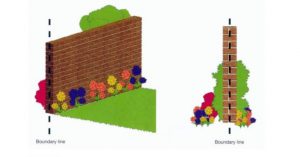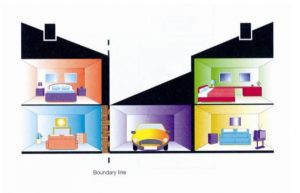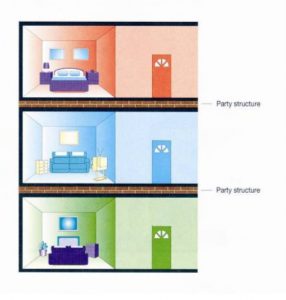
RMA Surveyors Ltd are pleased to announce that, with immediate effect, they will no longer be provided residential building surveys and RICS Homebuyer reports. Richard Mountain, Director, said:
“Our focus in recent months has moved away from the residential pre-purchase sector to focus more on our core expertise of dilapidations surveyor services, party wall surveyor services, project management and contract administration.”
“We have recently found our resources better devoted to our key sectors. Insurance reinstatement projects have really advanced, increasing capacity in this area has drawn our focus onto where our key strengths lie. The market potential is generally positive away from the residential market.”
Richard added, “The key focus for RMA is to streamline their services, ensuring strong potential in a more specialised market. “














